
Wetland Ecosystem, Measures to Protect Wetlands, NWCP
Subscribe to Never Miss an Important Update! Assured Discounts on New Products!
Must Join PMF IAS Telegram Channel & PMF IAS History Telegram Channel
Last updated on April 17, 2024 7:34 PM
Aquatic Ecosystems
- Aquatic ecosystems refer to plant and animal communities occurring in water bodies.
- Aquatic ecosystems are classified into two subgroups: 1) Freshwater ecosystems, such as rivers, lakes and ponds; 2) Marine ecosystems, such as oceans, estuary and mangroves.
- Aquatic ecosystems are classified on the basis of salinity into the following types:
- Freshwater ecosystems: water on land which is continuously cycling and has low salt content (always less than 5 ppt) is known as fresh water.
- There are two types of freshwater ecosystems: 1) Static or still water (Lentic) ecosystems, e.g. pond, lake, bogs and swamps. 2) Running water (Lotic) ecosystems, e.g. springs, mountain brooks, streams and rivers.
- Marine ecosystems: the water bodies containing salt concentration equal to or above that of seawater (i.e., 35 ppt or above). E.g. shallow seas and open ocean.
- Brackish water ecosystems: these water bodies have salt content in between 5 to 35 ppt. e.g. estuaries, salt marshes, mangrove swamps and forests.
Wetland Ecosystem
- Wetlands are areas of marsh or peatland with water that is static or flowing, fresh, brackish or saline, including areas of marine water the depth of which at low tide does not exceed 6 m.
- Wetlands are transition zones (ecotone) between terrestrial and aquatic ecosystems.
- E.g. Mangroves, lake littorals (marginal areas between highest and lowest water level of the lakes), floodplains (areas lying adjacent to the river channels beyond the natural levees and periodically flooded during high discharge in the river) and other marshy or swampy areas.
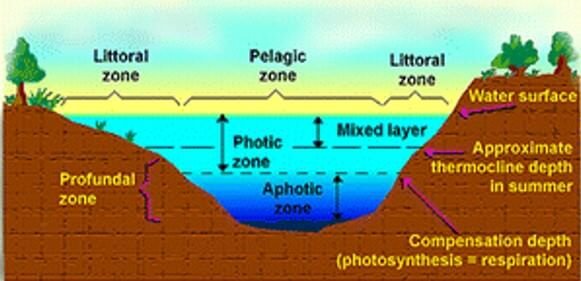
- These habitats experience periodic flooding from adjacent deepwater habitats and therefore supports plants and animals specifically adapted to such shallow flooding or waterlogging.
- Waterlogged soil adapted plant life (hydrophytes), and hydric soils (not enough O2) are the chief characteristics of wetlands.
- India has over 27,000 wetlands, of which 23,000+ are inland wetlands, and around 4000 are coastal wetlands.
- Wetlands occupy 18.4% of the country’s area of which 70% are under paddy cultivation.
- Natural wetlands in India range from high altitude wetlands in the Himalayas; flood plains of the major river systems; saline and temporary wetlands of the arid and semi-arid regions; coastal wetlands such as lagoons, backwaters, estuaries, mangroves, swamps and coral reefs, and so on.
Distinction from Lakes
- Lakes are generally less important when compared to wetland from the viewpoint of ecosystem and biodiversity conservation.
- There is no clear distinction between lakes and wetlands. Wetlands are shallow water bodies whereas lakes can be deep or shallow.
- National Lake Conservation Programme (NLCP) considers lakes as standing water bodies which have a minimum water depth of 3 m, generally cover a water spread of more than ten hectares and have no or very little aquatic vegetation.
- Wetlands (generally less than 3 m deep over most of their area) are usually rich in nutrients (derived from surroundings and their sediments) and have abundant growth of aquatic macrophytes (an aquatic plant large enough to be seen by the naked eye).
- They support high densities and diverse fauna, particularly birds, fish and macroinvertebrates, and therefore, have high value for biodiversity conservation.
- Excessive growth of macrophytes (both submerged and free-floating) in wetlands affects the water quality adversely and interfere with the utilisation of the water body.
- However, marginal aquatic vegetation is desirable as it checks erosion, serves habitat for wildlife and helps improve water quality.
| Characteristic | Lake | Wetland (shallow lake) |
| Origin |
|
|
| Water turnover |
|
|
| Water level changes |
|
|
| Thermal stratification |
|
|
| Vertical mixing |
|
|
| Dominant Producer |
|
|
| Food chain |
|
|
| Productivity |
|
|
| Trophic status |
|
|
| Functions-Flood control |
|
|
| Waste treatment |
|
|
Importance of Wetlands
- Wetlands are indispensable for the countless benefits or “ecosystem services” that they provide humanity, ranging from freshwater supply, food and building materials, and biodiversity, to flood control, groundwater recharge, and climate change mitigation.
- Wetlands are habitat to aquatic flora and fauna, numerous species of native and migratory birds.
- Wetlands are an important resource for sustainable tourism.
- They carry out water purification, filtration of sediments and nutrients from surface water.
- They help in nutrients recycling, groundwater recharging and stabilisation of local climate.
- Play an important role in flood mitigation by controlling the rate of runoff.
- Buffer (act as a riparian buffer) shorelines against erosion and pollutants.
- They act as a genetic reservoir for various species of plants (especially rice).
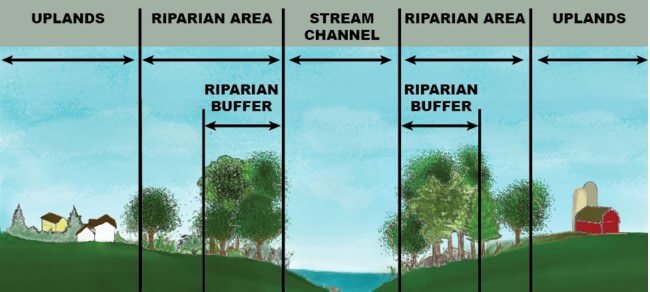
Reasons for depletion
- Excessive pollutants (Industrial effluents, domestic waste, agricultural runoff etc.) are dumped into wetlands beyond the recycling capacity.
- Habitat destruction and deforestation create ecological imbalance by altering the population of wetland species.
- Conversion of wetlands for agriculture and encroachment by public and mafia.
- Overfishing and fish farming (Aquaculture).
- Overgrazing in marshy soils.
- Removal of sand from beds near seas makes the wetland vulnerable to wave action and tidal bore.
Mitigation
- Demarcation of wetlands using the latest technology, proper enforcement of laws and stringent punishments for violators.
- Preventing unsustainable aquaculture and cultivation of shellfish.
- Treating industrial effluents and water from farmlands before discharging into wetlands.
- Utilizing wetlands on a sustainable basis by giving enough time for natural regeneration.
- Artificial regeneration for a quick recovery.
- Afforestation, weed control, preventing invasive species is the key to wetland conservation.
- Preventive measures to stop the introduction of exotic invasive species like water hyacinth.
- Soil conservation measures & afforestation.
- Preventing grazing in peripherals of wetlands.
- Wildlife conservation, sustainable tourism, eco-tourism and sensitizing local populace.
- Eutrophication abatement by processing nutrient rich discharge into the water body.
- Involving the local population in the conservation of wetlands.
Measures to Protect Wetlands
- Ramsar Convention on Wetlands
- Ramsar Sites in India
- Wetlands International
- National Wetlands Conservation Programme (NWCP)
Wetlands International
- Wetlands International is a global organisation (NGO) that works to sustain and restore wetlands and their resources for people and biodiversity.
- Wetlands International’s work ranges from research, advocacy and engagement with governments, corporate and international policy fora and conventions.
Q. With reference to a conservation organisation called ‘Wetlands International’, which of the following statements is/are correct?
- It is an intergovernmental organization formed by the countries which are signatories to Ramsar Convention.
- It works at the field level to develop and mobilize knowledge and use the practical experience to advocate for better policies.
Select the correct answer using the code given below.
- 1 only
- 2 only
- Both 1 and 2
- Neither 1 nor 2
Answer: b) 2 only. Wetlands International is an NGO
National Wetlands Conservation Programme (NWCP)
- NWCP was implemented in the year 1985-86.
- Under the programme, 115 wetlands have been identified by the MoEF which require urgent conservation and management interventions.
- Criteria for identification of wetlands of national importance under NWCP are the same as those prescribed under the Ramsar Convention on Wetlands.
- The Central Government is responsible for the overall coordination of wetland conservation programmes.
- It also provides guidelines, financial & technical assistance to state govt.
- Since the land resources belong to them, the State Governments/UT Administration are responsible for the management of wetlands.
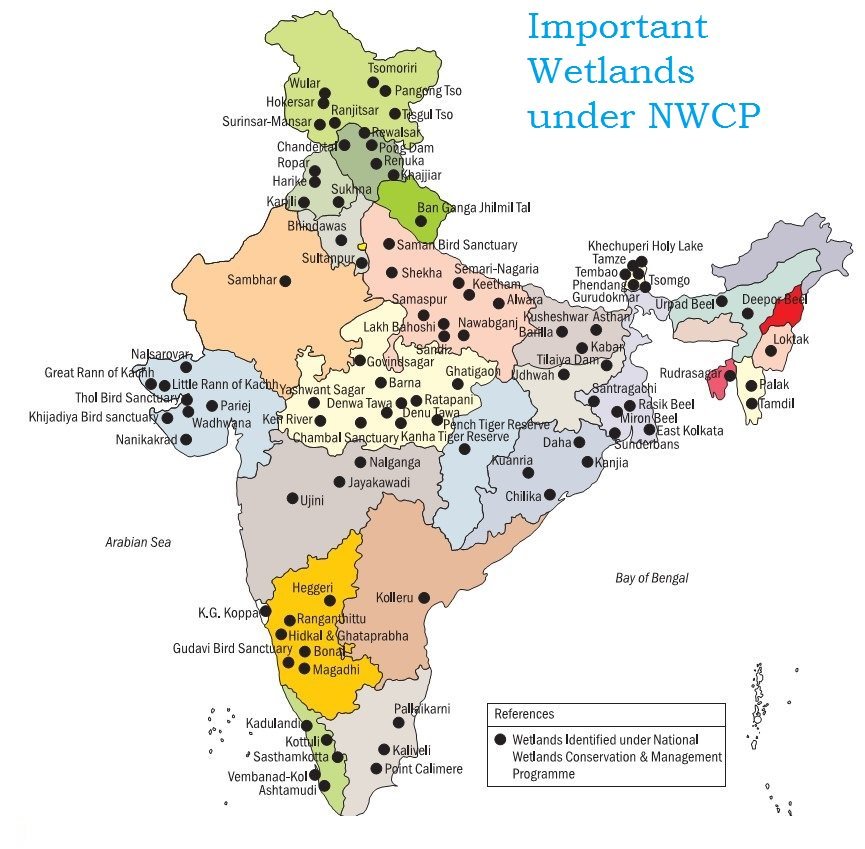
- Aim: Conservation of wetlands to prevent their further degradation and to ensure their wise use for the benefit of local communities and overall conservation of biodiversity.
Objectives
- to lay down policy guidelines for conservation and management of wetlands.
- to provide financial assistance for undertaking intensive conservation measures.
- to monitor the implementation of the programme.
- to prepare an inventory of Indian wetlands.
Ramsar Convention on Wetlands
- International treaty for “the conservation and sustainable use of wetlands”.
- It is also known as the Convention on Wetlands.
- It is named after the city of Ramsar in Iran.
- The Convention was signed on 2nd of February 1971.
- The 2nd of February each year is World Wetlands Day.
- Number of parties to the convention (COP) is170.
- At the centre of the Ramsar philosophy is the “wise use” of wetlands.
- Wise use: maintenance of ecological character within the context of sustainable development.
Need for Such Convention
- Wetlands are indispensable for the countless benefits or “ecosystem services” that they provide ranging from freshwater supply, food and building materials, and biodiversity, flood control, groundwater recharge, and climate change mitigation.
- 64% of the world’s wetlands have disappeared in the last century.
What is wetland
- The Convention uses a broad definition of wetlands. It includes all lakes and rivers, underground aquifers, swamps and marshes, wet grasslands, peatland, oases, estuaries, deltas and tidal flats, mangroves and other coastal areas, coral reefs, and all human-made sites such as fish ponds, rice paddies, reservoirs and salt pans.
COP
- COP is the policy-making organ of the Convention which adopts decisions (Resolutions and Recommendations) to administer the work of the Convention.
- Every three years, representatives of the Contracting Parties meet as the Conference of the Contracting Parties (COP)
- COP12 was held in Punta del Este, Uruguay in 2015. COP13 took place in Dubai, United Arab Emirates, in 2018.
Under the Convention, the Contracting Parties commit to:
- Work towards the wise use of all their wetlands;
- Designate suitable wetlands for the List of Wetlands of International Importance (the “Ramsar List”) and ensure their effective management;
- Cooperate internationally on trans boundary wetlands, shared wetland systems and shared species.
Ramsar Site
- At the time of joining the Convention, each Contracting Party undertakes to designate at least one wetland site for inclusion in the List of Wetlands of International Importance.
- The inclusion of a “Ramsar Site” in the List embodies the government’s commitment to take the steps necessary to ensure that its ecological character is maintained.
- There are over 2,300 Ramsar Sites on the territories of 170 Ramsar Contracting Parties across the world.
- The countries with the most Sites are the United Kingdom with 170 and Mexico with 142.
- Bolivia has the largest area under Ramsar protection.
Transboundary Ramsar Sites
- Contracting Parties are designating their new and existing Ramsar Sites as Transboundary Ramsar Sites.
- These are ecologically coherent, shared wetlands extending across national borders, which are managed collaboratively.
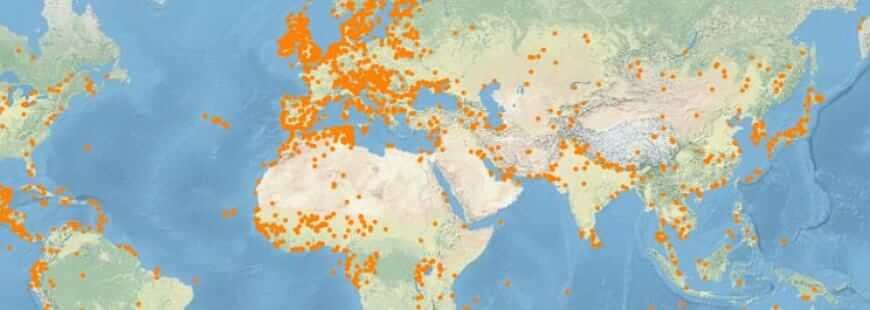
Global Distribution of Ramsar Sites (Source)
The Montreux Record
- The Montreux Record is a register of wetland sites on the List of Wetlands of International Importance where changes in ecological character have occurred, are occurring, or are likely to occur as a result of technological developments, pollution or other human interference.
- It is maintained as part of the Ramsar List.
Q. If a wetland of international importance is brought under the ‘Montreux Record’, what does it imply?
- Changes in ecological character have occurred, are occurring or are likely to occur in the wetland as a result of human interference.
- The country in which the wetland is located should enact a law to prohibit any human activity within five kilometres from the edge of the wetland
- The survival of the wetland depends on the cultural practices and traditions of certain communities living in its vicinity, and therefore the cultural diversity therein should not be destroyed
- It is given the status of ‘World Heritage Site’
Answer: a)
International Organization Partners
- The Ramsar Convention works closely with six organisations known as International Organization Partners (IOPs). These are:
- Birdlife International
- International Union for Conservation of Nature (IUCN)
- International Water Management Institute (IWMI)
- Wetlands International
- WWF
- International Wildfowl & Wetlands Trust (WWT)
Other Partners
- Convention on Biological Diversity (CBD)
- Convention to Combat Desertification (UNCCD),
- Convention on the Conservation of Migratory Species of Wild Animals
- Convention on Migratory Species (CMS),
- World Heritage Convention (WHC) and
- Convention on International Trade in Endangered Species (CITES).
- Project funding is done by various groups like multilateral development banks, bilateral donors, UN agencies such as UNEP, UNDP, Non-governmental organisations etc.
Criteria for Identification of Wetlands under Ramsar Convention
If a wetland
- contains a representative, rare, or unique example of a natural or near-natural wetland type.
- supports vulnerable, endangered, or critically endangered species; or threatened ecological communities.
- supports populations of plant and/or animal species important for maintaining the biological diversity of a particular biogeographic region.
- supports plant and/or animal species at a critical stage in their life cycles or provides refuge during adverse conditions.
- regularly supports 20,000 or more water birds.
- regularly supports 1% of the individuals in a population of one species or subspecies of water birds.
- supports a significant proportion of indigenous fish subspecies
- is an important source of food for fishes, spawning ground, nursery and/or migration path.
- is an important source of food and water resource, increased possibilities for recreation and eco-tourism, etc.
Last updated on April 17, 2024 7:34 PM






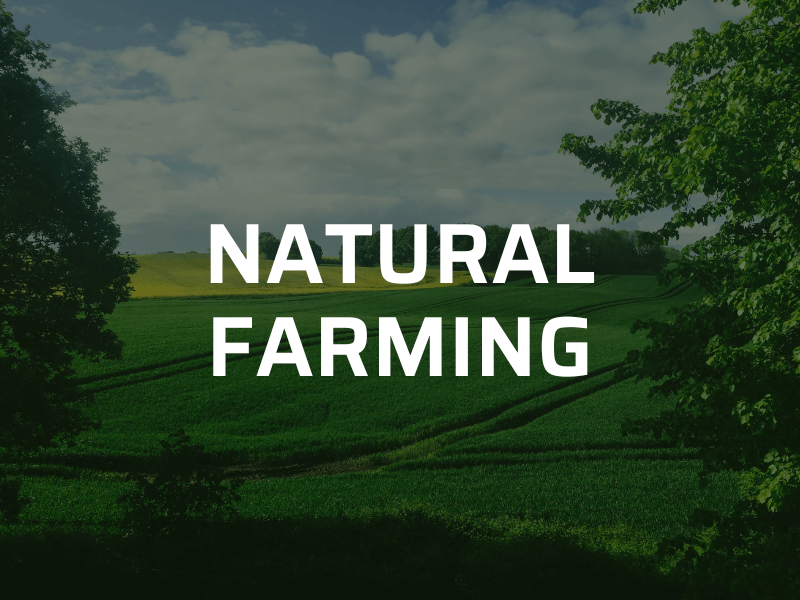
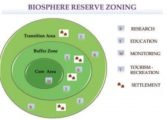


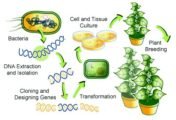
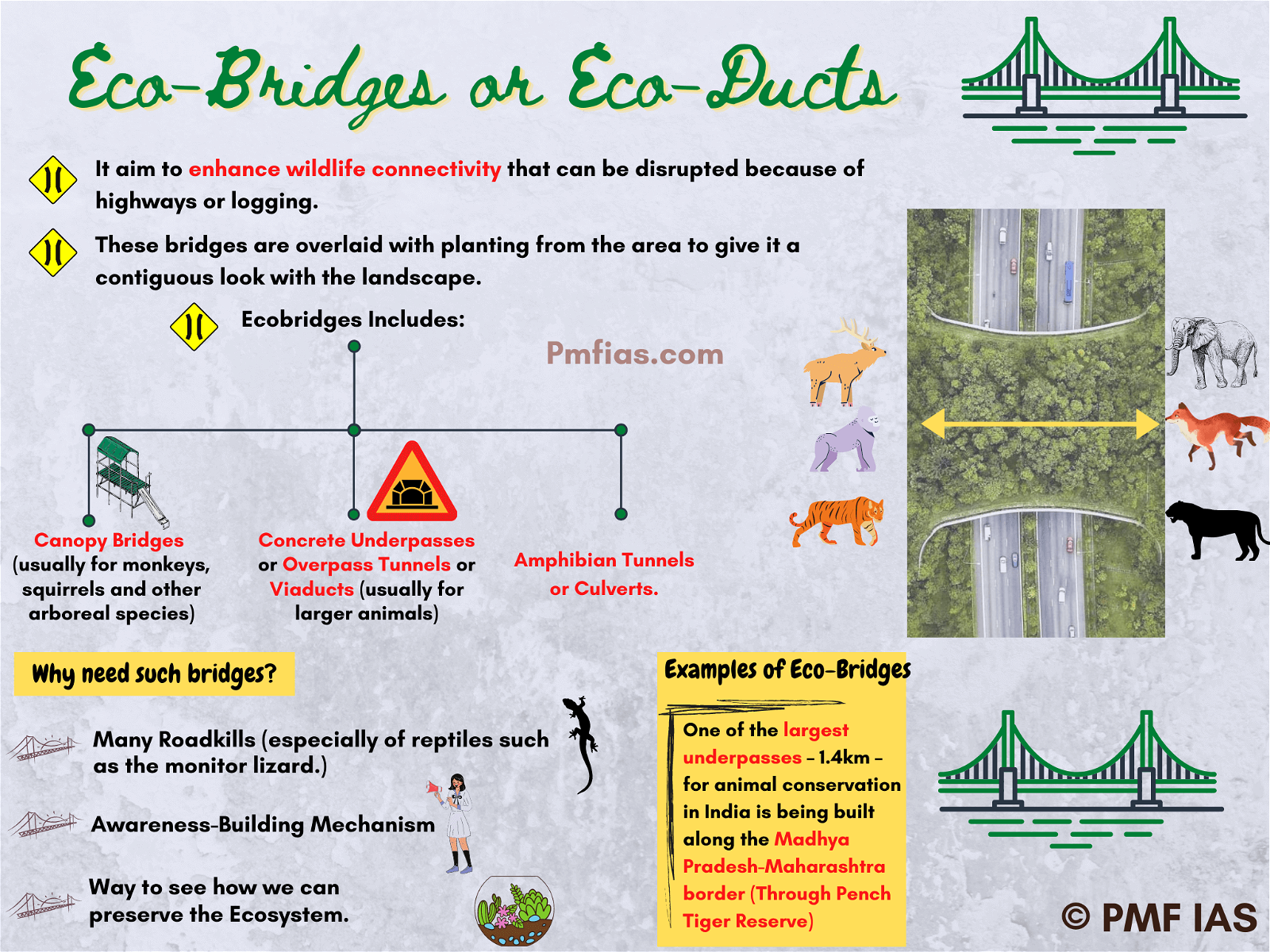
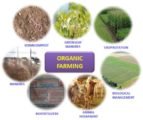
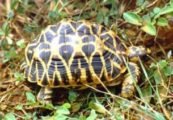




“Tso Moriri” lake marked wrong in the map.
Pmfias plz check
It will be fixed soon.
sir 2020 updated notes n h ….updated notes bhi de dijiye please.